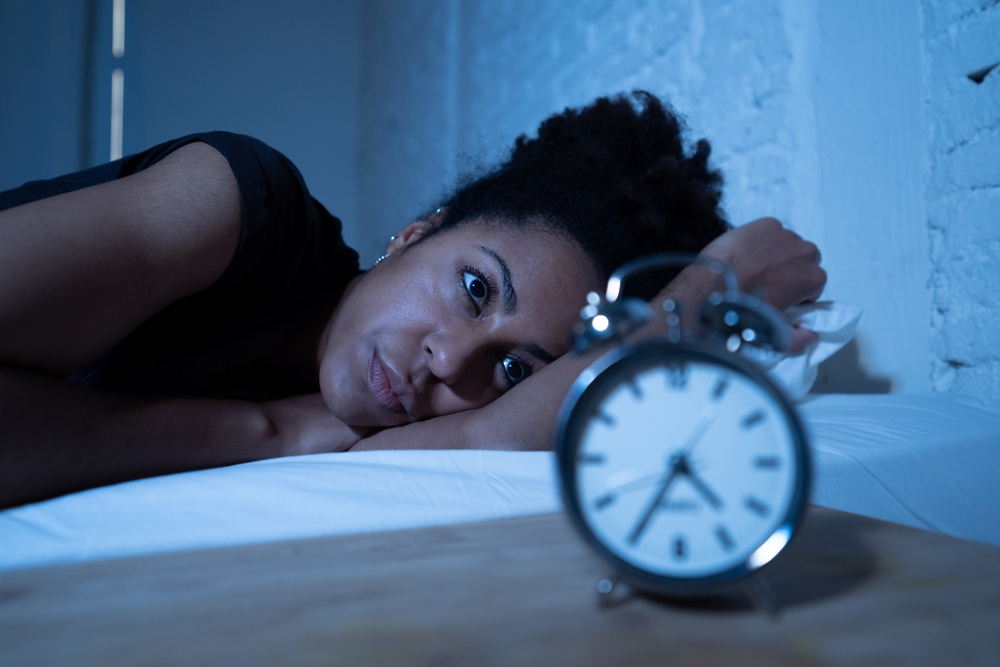In our hyperconnected world, the transition from daytime activity to nighttime rest has become increasingly complex. The constant stream of notifications, work responsibilities, and social obligations creates a mental atmosphere that resists natural unwinding. Understanding this challenge represents the first step toward reclaiming our evenings and establishing a more peaceful approach to bedtime.
The science of evening relaxation
Research in sleep medicine reveals that the hours before bed significantly impact sleep quality. Our bodies operate on circadian rhythms, internal clocks that respond to environmental cues. Creating the right conditions for sleep involves understanding these biological patterns and working with them rather than against them.
Mindful breathing techniques
The practice of mindful breathing taps into our parasympathetic nervous system, activating our body’s natural relaxation response. Deep, intentional breathing signals to our brain that it’s safe to relax, lowering heart rate and reducing stress hormone production. This ancient practice has found strong support in modern neuroscience research.
When practicing mindful breathing, focus on the sensation of air moving through your nostrils, the rise and fall of your chest, and the natural rhythm of your breath. This attention to physical sensation helps anchor your mind in the present moment, reducing anxiety about the past or future.
Creating digital boundaries
The relationship between electronic devices and sleep disturbance extends beyond blue light exposure. The content we consume through our devices often stimulates rather than relaxes our minds. Social media updates, work emails, and news can trigger stress responses that linger well into the night.
Establishing a digital sunset involves creating clear boundaries around technology use. This might mean designating device-free zones in your home or setting automatic shutdown times for different applications. The key lies in making these boundaries both realistic and sustainable.
The power of evening rituals
Consistent bedtime rituals serve as powerful psychological cues that prepare both mind and body for sleep. These routines work by creating predictable patterns that your brain learns to associate with relaxation. The effectiveness of such rituals increases with regular practice.
Consider incorporating sensory elements into your routine. The touch of soft bedding, the scent of calming essential oils, or the sound of gentle music can create a multi-sensory experience that signals transition time. These environmental cues become increasingly powerful through consistent association.
Therapeutic journaling practices
Writing before bed serves multiple purposes in calming a racing mind. The act of transferring thoughts to paper provides a physical outlet for mental energy. Additionally, journaling helps process emotions and experiences from the day, reducing the likelihood of rumination during sleep hours.
Different journaling approaches suit different needs. Some find benefit in gratitude journaling, focusing on positive aspects of their day. Others prefer problem-solving journaling, where they outline specific concerns and potential solutions. The key lies in finding a method that feels natural and helpful rather than becoming another evening task.
Progressive relaxation methods
The connection between physical and mental tension makes progressive muscle relaxation particularly effective. This systematic approach to body awareness helps identify and release unconscious tension that accumulates throughout the day. The practice becomes more effective with regular implementation.
Starting from your toes and moving upward, focus on each muscle group individually. The conscious act of tensing and releasing helps develop greater body awareness while promoting physical relaxation. This heightened awareness often reveals tension patterns we carry unknowingly.
Aromatherapy applications
The science behind aromatherapy reveals that certain scents can trigger specific neurological responses. Lavender, for instance, has been shown to increase slow-wave sleep patterns. The olfactory system’s direct connection to the brain’s emotional centers makes scent a powerful tool for evening relaxation.
When incorporating aromatherapy, consider the delivery method that works best for your space and preferences. Whether through diffusers, sprays, or sachets, the key lies in creating a consistent scent environment that signals relaxation time.
Guided meditation practices
Modern meditation apps and resources have made guided practices more accessible than ever. These structured sessions provide mental focal points that help prevent the mind from wandering into worry or planning mode. The guided element proves particularly helpful for those new to meditation or those who find silent meditation challenging.
Different meditation styles suit different temperaments. Some prefer body scan meditations, while others connect more with visualization or loving-kindness practices. Experimenting with various approaches helps identify the most effective method for your evening routine.
Environmental optimization
Creating a sleep-conducive environment extends beyond basic comfort. Temperature, lighting, and sound levels all play crucial roles in preparing for rest. Consider your bedroom as a sanctuary dedicated to relaxation and sleep rather than an extension of your daytime space.
The role of timing
The timing of relaxation practices significantly impacts their effectiveness. Starting too late can create pressure to relax quickly, which often proves counterproductive. Building buffer time into your evening schedule allows for natural unwinding without rushing.
Customization and flexibility
While these practices prove effective for many, individual responses vary. The key lies in experimenting with different combinations and adaptations until finding what resonates personally. Flexibility in approach while maintaining consistency in practice often yields the best results.
Building sustainable habits
Creating lasting change requires patience and realistic expectations. Start with small, manageable adjustments rather than attempting complete routine overhauls. This gradual approach allows for natural integration of new practices into existing patterns.
The journey toward evening peace represents an ongoing process rather than a destination. Through conscious attention to our evening routines and consistent implementation of calming practices, we can create more peaceful transitions into sleep, supporting both our immediate rest and long-term wellbeing.










